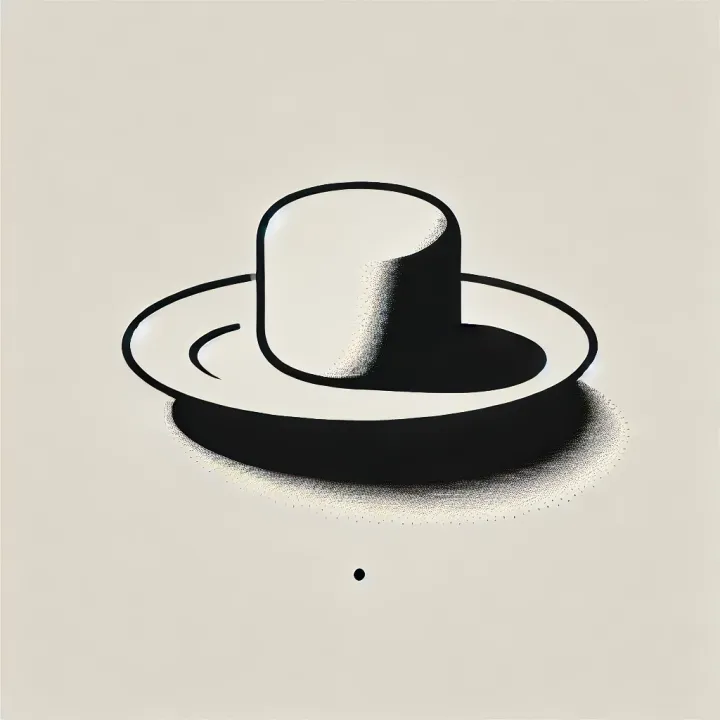Journey to the Son Doong Caves: An Emotional Exploration
When my husband and I first discussed hiking the Son Doong Caves, the world's largest cave, it was early in our relationship. It was one of those conversations where you talk about it, and the changes of actually doing the trip was unlikely.
But, six years after that conversation, we embarked on the journey. We dedicated nearly a year to planning, and preparing ourselves for the physical demands of the multi-day hike, including varying elevations and terrains. While I had trained for various challenges before—half marathons, mud runs, and hiking trips—the experience of the Son Doong Caves revealed unexpected revelations and profound experiences.
The journey to the cave's entrance, after traversing Hang En, spanned over a day and a half. Beyond the physical preparation, this trip marked my first solo venture to Vietnam, without the presence of my parents. As an Vietnamese American, certain apprehensions were deeply ingrained from a young age—warnings of potential dangers in Vietnam echoed in my mind.
"Don't drink the water, don't eat vegetables, don't walk alone, don't use credit cards, beware of panhandlers,, and always negotiate prices, don't offend the family," were the cautionary tales that haunted my thoughts, instilling a sense of anxiety about traveling to Vietnam, overshadowing even the anticipation of exploring the Son Doong Caves.
During the drive to the trailhead, the tour guide recounted stories of war remnants, including a tragic event where three sisters were trapped during the Vietnam War. These narratives vividly reminded me of the profound sorrow and suffering endured during that tumultuous period.
Growing up as an Asian American in the United States shielded me from direct experiences of war impacts, unlike events like 9/11. Walking through the Vietnamese jungle with its humidity, heat, and relentless sun, I grappled with the stark contrast between my privileged upbringing and the hardships my parents faced.
Their survival journeys through such jungles, laden with responsibilities and dangers, felt like an unbridgeable chasm.
Guilt, as often the first emotion in my mind, weighed heavily. How could I indulge in such experiences while my parents fought for survival? How could I experience the vastness and beauty of this cave in Vietnam, where they felt suffering? How could I pay for this extravagant trip, where they came to the States with nothing but a green army bag and hope for a better future for their children?
They had hope, while I had guilt. I processed these emotions and held onto it, a sense of realization dawned—a full-circle moment where I could appreciate my parents' sacrifices more deeply.
While this jungle wasn't the exact terrain my parents traversed, it symbolized their resilience and endurance. The experience fostered a newfound appreciation for their struggles and sacrifices.
They had hope for a better future for their children, and here I was living that better future. As I grapple with feelings of indebtedness and inadequacy, there's also a realization that we must move forward, honoring the past while embracing new perspectives. The Asian American experience often feels like navigating conflicting identities—straddling the old and the new, tradition and innovation. Can we forge a path that cherishes both, building a bridge between generations and cultures?


